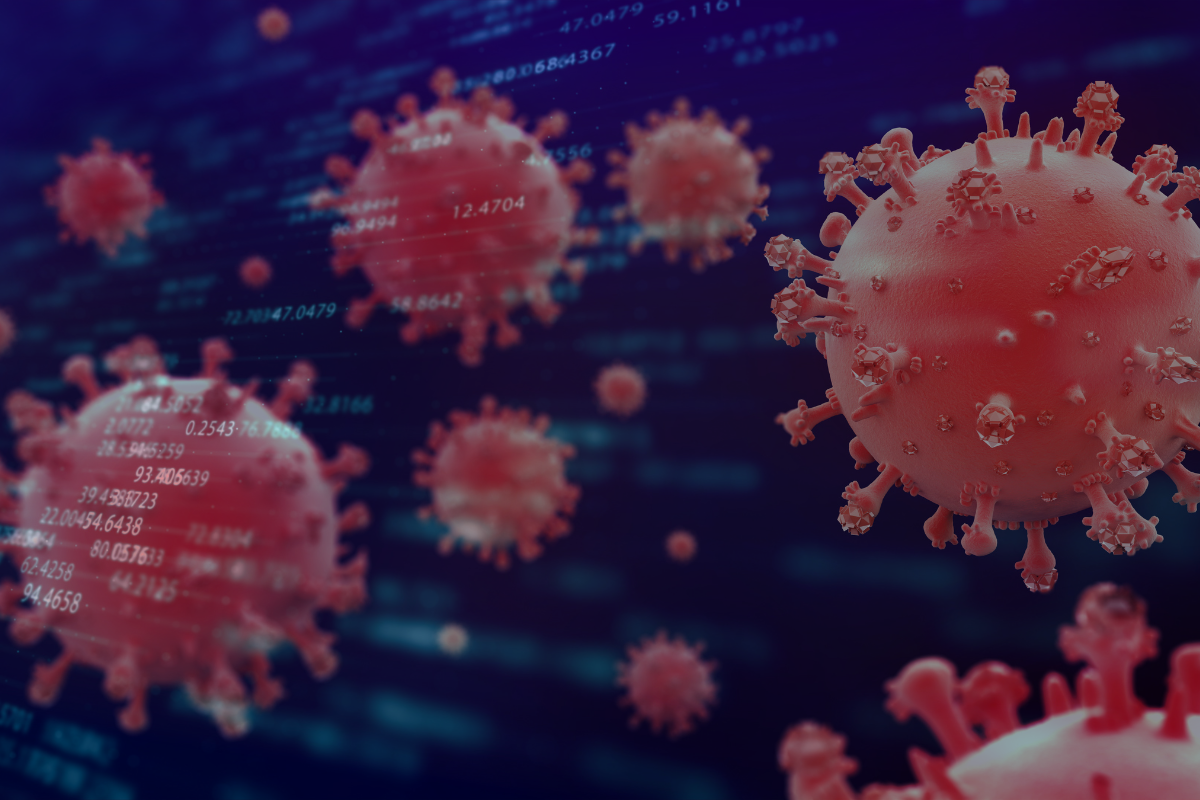Utilising Single-Cell Metabolomics to Reveal Metabolic Cell States

Presented by: Theodore Alexandrov, Team Leader / Head of Metabolomics Core Facility, European Molecular Biology Laboratory, Heidelberg
Edited by: Ben Norris
In the past few years, metabolomics has grown into a prominent field contributing to the molecular understanding of complex biological processes in both health and disease. But why is it worth taking a single-cell approach to molecular imaging? For Theodore Alexandrov, Team Leader and Head of the Metabolomics Core Facility at the European Molecular Biology Laboratory in Heidelberg and a Bio Studio Faculty at the BioInnovation Institute in Copenhagen, the approach is incredibly well-suited to revealing metabolic cell states.
“It’s a really exciting time for us,” he told the audience at Spatial Biology UK: In-Person 2022. “We currently are very interested in developing methods to reveal, characterise, and interpret this very dynamic concept of metabolic cell state.” Read on to learn how linking single-cell metabolomic profiles with microscopy images helps to augment understandings of the interactions between cellular metabolism and phenotype.
Single Cell Metabolomics: An Overview
A significant challenge in single-cell imaging is the low quantities of cellular metabolites – small biomolecules such as amino acids, sugars, and lipids. Large quantities of metabolites can be difficult to sequence; however, they are a valuable metric to observe as they provide an informative readout of ongoing biological activities at a cellular level. Metabolomics datasets can link cellular activities to metabolic pathways and biological mechanisms involved in health and disease such as non-alcoholic steatohepatitis (NASH) and liver cirrhosis.
- Good Practice Makes Perfect: Current Bioinformatics Trends in Single-Cell Data Analysis
- The Applications of Sparsely Connected Autoencoders
- Discussion Group Report: Improving Understandings of the Tumour Microenvironment
Due to the immense structural diversity of metabolites, the demand for selectivity in the analytical technique chosen is high. Metabolomics as a field of study is well-equipped for dealing with this demand, as Theodore Alexandrov explained. “We do deduction using mass spectrometry,” he said, “and we focus on data that is reproducible, robust, and high-performance.” One strength of the metabolomic imaging method he highlighted was the dynamic conceptualisation of metabolic cell states. “The metabolic state can be highly dynamic,” Alexandrov continued. “In transcriptomics you can see the changes after maybe half an hour – we can see changes in minutes, maybe even a bit faster.”
Alexandrov explained that there are several factors governing metabolic cell state, including DNA and transcriptional programs. “However, there is an increasing understanding of how metabolic cell state is influenced more by non-genetic factors, such as other cells,” he continued. “Cell-to-cell interactions are extremely interesting, particularly in the context of cancer and immune cells.” Other non-genetic factors contribute as well, including microenvironment, diet, pathogens, and disease.
Developments in the Field of Metabolomics
Having introduced the value and purpose of single-cell metabolomics, Alexandrov posed a simple question to the audience: why now? “The metabolomics field today is where proteomics was ten years ago,” he explained. The past decade has seen a significant maturation of single-cell proteomics, with new detection approaches improving exponentially during this time. Alexandrov continued by touching on the execution of single-cell metabolomics, which can be carried out through MALDI-imaging mass spectrometry. Cells or tissue sections are placed onto glass slides and molecules are desorbed in a rasterized manner by laser followed by mass spectrometry analysis. The data is later converted to a pixel image at an incredibly high spatial resolution. Molecules are subsequently desorbed and analysed within the mass spectrometer.
“The metabolomics field today is where proteomics was ten years ago.”
Within metabolomics, the main challenge over the past decade has been metabolite identification – discerning which metabolite is being imaged subject to the sample analysed. “Here, we developed an algorithm solving this problem and implemented it as a cloud software called METASPACE,” Alexandrov explained. “Anyone can put data in, it’s all absolutely free and open source.” Many users share their results publicly after running their data through the engine, following the principles of FAIR data use. “You can click molecule after molecule and see where the molecule will localise with regard to anatomy.”
Alexandrov celebrated the scale and accessibility of the spatial and single-cell metabolomics datasets. “By now we have processed more than 20,000 submissions, and what’s very important is that 30% of them are public. This means the community now has more than 6,000 datasets there publicly available.” The practice of sharing data in this way has been adopted by labs and researchers across the world, with the result that datasets are skyrocketing. The scientific impact has been visible over the past two years: there are now more than 100 publications where users have either utilised the platform to find molecules or to share data.
Microscopy and New Perspectives
Having established the value of single-cell metabolomics against the broader background of imaging mass spectrometry, Alexandrov shifted focus to single-cell spatial metabolomics. “Let me provide a little bit of perspective on where we stand.” In 2021, single-cell metabolomics was recognised as one of the top ten emerging technologies in chemistry.
Alexandrov introduced his lab’s method, SpaceM – also known as spatial single-cell metabolomics – and talked through the process for obtaining truly single-cell metabolomic images by integrating microscopy and imaging mass spectrometry by using image analysis and computational methods. Prior to MALDI-imaging mass spectrometry, microscopy is run to identify cell locations, as well as potential interaction partners and phenotypes for investigation.
“Every cell is colour-coded with the relative intensity of that particular metabolite,” Alexandrov explained. “Moreover, for every cell not only have we metabolic intensities but also I can pull a microscopy image straight from my microscopy data or quantify the cell phenotype with morphometric properties.”
This enables the investigation of cellular disease progression from healthy cells to NASH, an inflammatory stage of the non-alcoholic fatty liver disease which is a major factor contributing to the fibrosis and liver cancer. In the images displayed by Alexandrov, the accumulation of lipid droplets was visible within the cells, with a striking single-cell heterogeneity present.
The Single-Cell Revolution in Metabolomics
Alexandrov explained that his approach considered four conditions mimicking healthy states and disease states of cells, and interrogated them using SpaceM. “Then we put all the data from more than 27,000 cells in one single-cell plot describing their metabolic profiles and states.” Alexandrov’s lab observed pronounced differences between the conditions and more subtle differences between metabolic states, with heterogeneity of cells responding to the stimulation or treatment.
“The single-cell revolution is happening,” concluded Alexandrov, “and we have developed a method for single-cell metabolomics.” By linking phenotype and cellular metabolism together, SpaceM can discriminate cell types and can be used to discover and characterise metabolic states. “This method importantly not only detects the metabolic profiles discerning cell types and metabolic cell states but also links the phenotype and metabolism.”
Want to read more about next-generation sequencing methods in and around the field of single-cell analysis? Head over to our Omics portal for cutting-edge insights from the industry's best and brightest. If you'd like to register your interest in our upcoming Spatial UK: In-Person conference, visit our event website.







